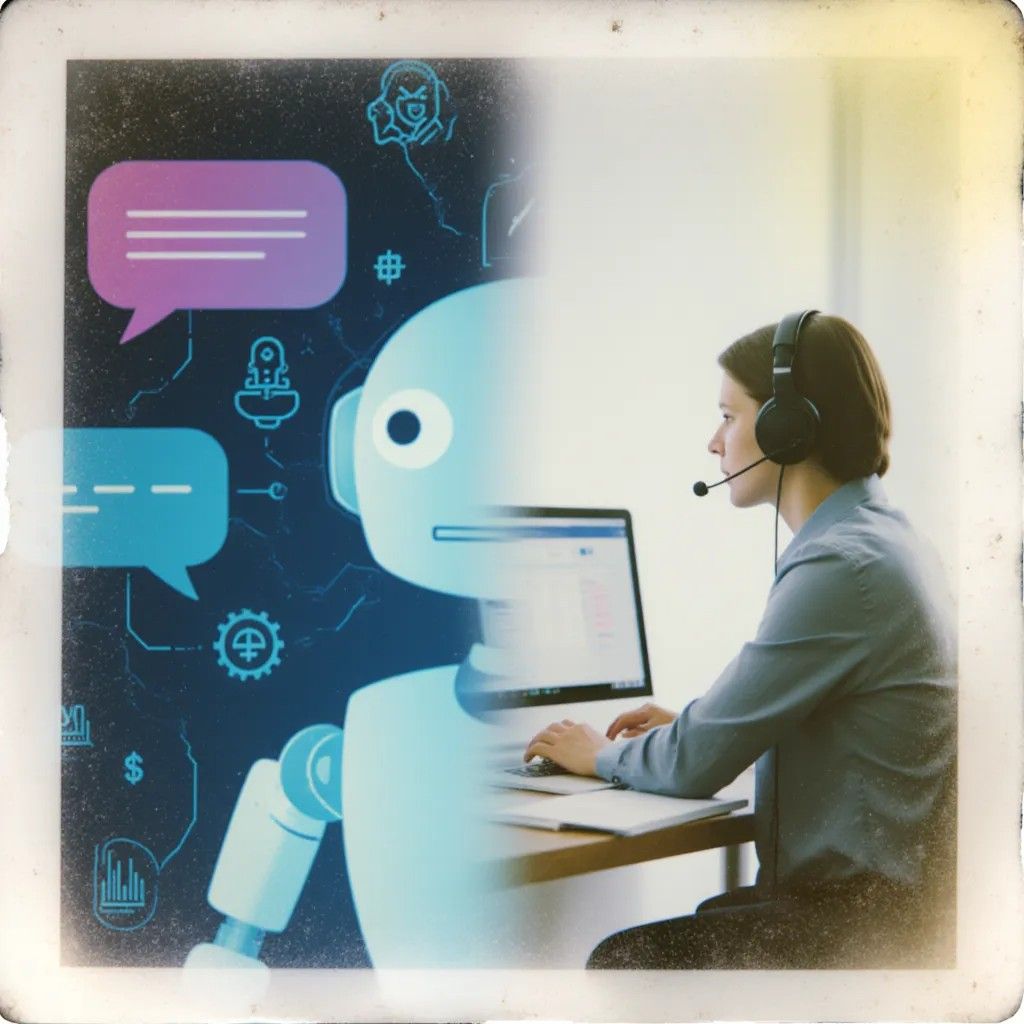
Adapting AI Chatbots to Different Cultural Contexts
 In our increasingly globalized world, AI chatbots have become essential tools for businesses and organizations looking to engage with diverse audiences. However, creating a one-size-fits-all chatbot is not enough. It's crucial to adapt AI chatbots to various cultural contexts to truly connect with users across different cultures. This process, known as chatbot localization, goes beyond mere translation and delves into the nuances of cultural communication.
In our increasingly globalized world, AI chatbots have become essential tools for businesses and organizations looking to engage with diverse audiences. However, creating a one-size-fits-all chatbot is not enough. It's crucial to adapt AI chatbots to various cultural contexts to truly connect with users across different cultures. This process, known as chatbot localization, goes beyond mere translation and delves into the nuances of cultural communication.
Key Aspects of Cultural Adaptation for AI Chatbots
Adapting AI chatbots to different cultural contexts involves several key aspects. Language and dialect are fundamental, but it goes beyond basic translation to include regional dialects, slang, and idiomatic expressions. A chatbot should be able to understand and respond to the local language nuances. By adapting chatbots to different cultural contexts, businesses can:
- Improve user engagement and satisfaction
- Avoid cultural misunderstandings and potential offense
- Build trust and credibility with local audiences
- Enhance brand reputation in global markets
Challenges and Strategies for Successful Cultural Adaptation
While the benefits of cultural adaptation are clear, the process is not without challenges. Even within a single country, there can be significant cultural diversity, making it difficult to cater to all users. Cultures are not static; they evolve, requiring continuous updates to chatbot systems.
There's also a fine line between adapting to cultural norms and reinforcing stereotypes, which must be carefully navigated. Some languages or scripts may present technical challenges for chatbot platforms. To overcome these challenges, businesses can employ several strategies. Collaborating with local experts and native speakers is crucial for ensuring authentic and appropriate adaptation. Thorough cultural research is necessary to understand the nuances of each target market. Implementing continuous learning algorithms allows chatbots to adapt to user interactions and feedback over time.
Extensive testing with local users before full deployment can help identify and resolve cultural missteps. Developing datasets and training modules that include cultural information and context can improve the chatbot's cultural intelligence. Offering language selection allows users to choose their preferred language and cultural context. Regular monitoring and updating based on user feedback and cultural shifts are essential for maintaining cultural relevance.
Case Studies and the Future of Culturally Adapted AI Chatbots
Several companies have successfully implemented culturally adapted chatbots. Microsoft's Xiaoice has been hugely successful in China, largely due to its deep understanding of Chinese culture and communication styles.
It engages in casual, friendly conversation and even writes poetry, aligning well with Chinese social media culture. KLM Royal Dutch Airlines' BlueBot adapts its communication style based on the user's cultural background, using more direct language for some cultures and a more indirect approach for others. The AI companion app Replika adapts its personality and conversation style based on user interactions, effectively learning and mirroring the user's cultural context over time.
As AI technology advances, we can expect to see even more sophisticated cultural adaptations in chatbots. Future developments may include real-time cultural adaptation based on user behavior and preferences, integration of augmented reality to provide culturally relevant visual contexts, enhanced emotional intelligence to better understand and respond to cultural emotional cues, and a more nuanced understanding of subcultures within broader cultural contexts.
To Sum Up
Adapting AI chatbots to different cultural contexts is not just a nice-to-have feature; it's becoming increasingly essential in our globalized world. By carefully considering language nuances, communication styles, cultural norms, and local preferences, businesses can create chatbots that truly resonate with diverse audiences.
While challenges exist, the benefits of cultural adaptation – including improved user engagement, enhanced brand reputation, and increased global market reach – make it a worthwhile investment. As AI technology continues to evolve, culturally adapted chatbots will play an increasingly important role in fostering meaningful connections across cultural boundaries.
Related Articles


